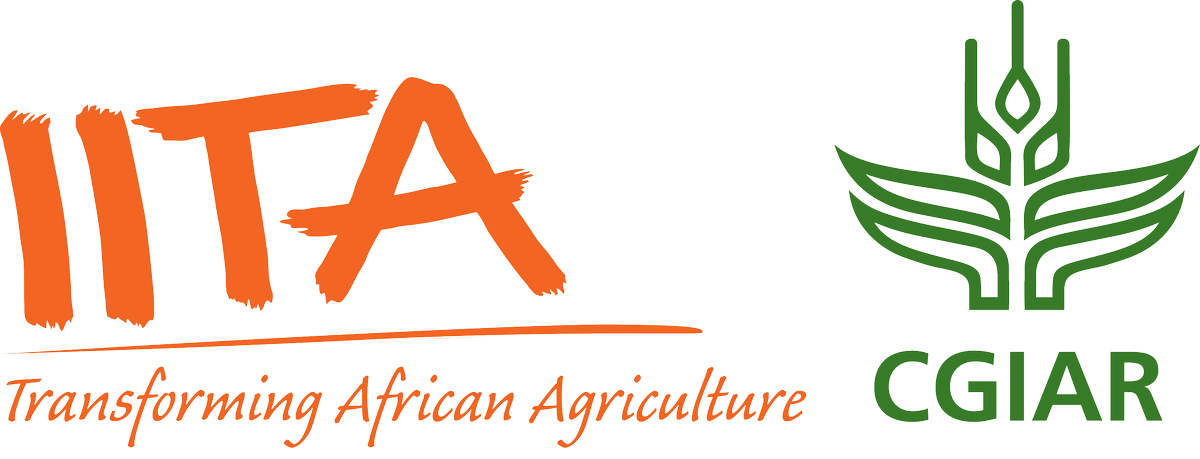Welcome to the International Institute of Tropical Agriculture Research Repository
What would you like to view today?
Combining temperature-dependent life table data into Insect Life Cycle Model to forecast fall armyworm Spodoptera frugiperda (JE Smith) distribution in maize agro-ecological zones in Africa

View/
Date
2024-05-06Author
Adan, M.
Tonnang, H.E.Z.
Kassa, C.E.F.
Greve, K.
Borgemeister, C.
Goergen, G.
Type
Review Status
Peer ReviewTarget Audience
Scientists
Metadata
Show full item recordAbstract/Description
The fall armyworm (FAW), Spodoptera frugiperda (JE Smith) (Lepidoptera: Noctuidae), an invasive agricultural pest, has significantly impacted crop yields across Africa. This study investigated the relationship between temperature and FAW life history traits, employing life cycle modeling at temperatures of 20, 25, 28, 30, and 32°C. The development time for eggs, larvae, and pupae varied from 0–3 days, 10–18 days, and 7–16 days, respectively. The optimal temperature range for immature stage survival and female fecundity was identified as 21–25°C, with the intrinsic rate of increase (rm) and gross reproductive rate (GRR) peaking at 25–28°C. Model validation confirmed the accuracy of these findings. The research further projected the Establishment Risk Index (ERI), Activity Index (AI), and Generation Index (GI) for FAW under current and future climates (2050 and 2070) using RCP 2.6 and RCP 8.5 scenarios. Results indicate that RCP 2.6 leads to a reduction in high-risk FAW areas, particularly in central Africa. Conversely, RCP 8.5 suggests an increase in areas conducive to FAW activity. These findings highlight the impact of climate policy on pest dynamics and the importance of incorporating climatic factors into pest management strategies. The study predicts a potential decrease in FAW prevalence in West Africa by 2070 under aggressive climate mitigation, providing a basis for future FAW management approaches.
https://doi.org/10.1371/journal.pone.0299154
Multi standard citation
Permanent link to this item
https://hdl.handle.net/20.500.12478/8632IITA Authors ORCID
Georg Goergenhttps://orcid.org/0000-0003-4496-0495
Digital Object Identifier (DOI)
https://doi.org/10.1371/journal.pone.0299154
